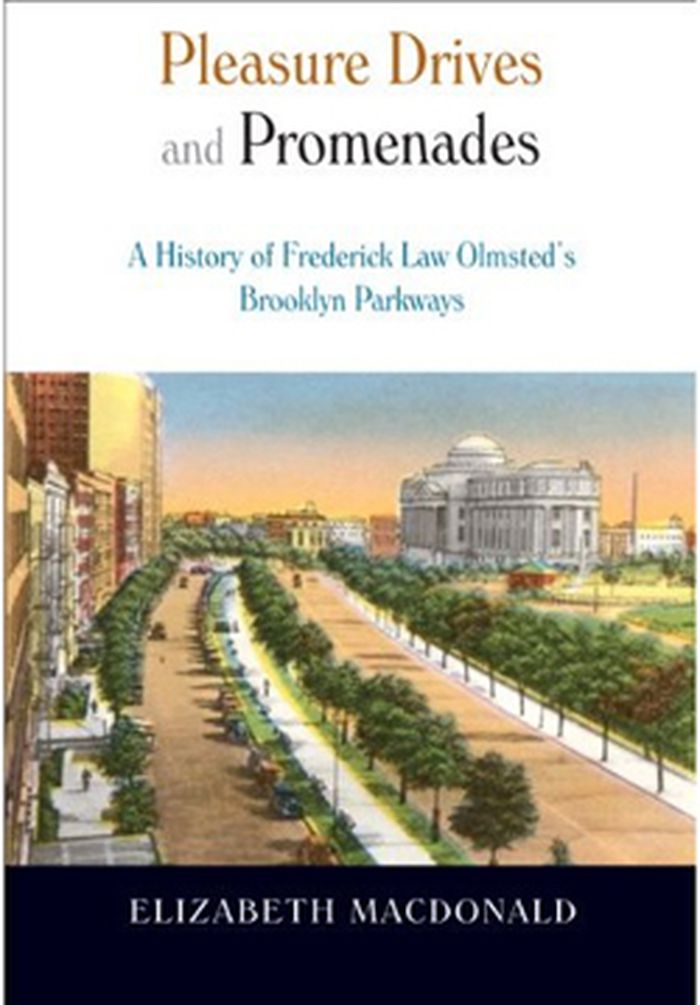livres
$63.95
(disponible sur commande)
Résumé:
First built in Europe and grandly imported to the United States in the mid-nineteenth century, the classic multiway boulevard has been in decline for many years, victim of a narrowly focused approach to street design that views unencumbered vehicular traffic flow as the highest priority. The American preoccupation with destination and speed has made multiway boulevards(...)
Théorie de l’urbanisme
octobre 2001, Cambridge, Mass.
The boulevard book : history, evolution, design of multiway boulevards
Actions:
Prix:
$63.95
(disponible sur commande)
Résumé:
First built in Europe and grandly imported to the United States in the mid-nineteenth century, the classic multiway boulevard has been in decline for many years, victim of a narrowly focused approach to street design that views unencumbered vehicular traffic flow as the highest priority. The American preoccupation with destination and speed has made multiway boulevards increasingly rare as artifacts of the urban landscape. This book reintroduces the boulevard, tree-lined and with separate realms for through traffic and for slow-paced vehicular-pedestrian movement, as an important and often crucial feature of both historic and contemporary cities. It presents more than fifty boulevards—-as varied as Avenue Montaigne, in Paris; C. G. Road, in Ahmedabad, India; and The Esplanade, in Chico, California--celebrating their usefulness and beauty. It discusses their history and evolution, the misconceptions that led to their near-demise in the United States, and their potential as a modern street type. Based on wide research, "The Boulevard Book" examines the safety of these streets and offers design guidelines for professionals, scholars, and community decision makers. Extensive plans, cross sections, and perspective drawings permit visual comparisons. The book shows how multiway boulevards respond to many issues that are central to urban life, including livability, mobility, safety, interest, economic opportunity, mass transit, and open space.
livres
octobre 2001, Cambridge, Mass.
Théorie de l’urbanisme
$49.95
(disponible sur commande)
Résumé:
Brooklyn’s Parkway Plan of pleasure drives and promenades was the collaborative undertaking of landscape architect Frederick Law Olmsted, who designed Prospect and Central parks with partner Calvert Vaux, and forward-looking park commissioner, James S. T. Stranahan. Featuring contemporary architectural drawings and period illustrations, Pleasure Drives and Promenades(...)
Pleasure drives and promenades : a history of Frederick Law Olmsted's Brooklyn Parkways
Actions:
Prix:
$49.95
(disponible sur commande)
Résumé:
Brooklyn’s Parkway Plan of pleasure drives and promenades was the collaborative undertaking of landscape architect Frederick Law Olmsted, who designed Prospect and Central parks with partner Calvert Vaux, and forward-looking park commissioner, James S. T. Stranahan. Featuring contemporary architectural drawings and period illustrations, Pleasure Drives and Promenades charts the inception and early implementation of their plan as well as its lasting influence on the urban landscape.
Banlieues
